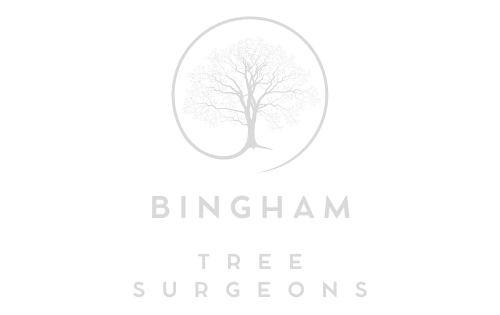Common Mistakes to Avoid When Trimming Trees
Introduction: Tree trimming is an essential part of tree care that, when done correctly, can promote the health, safety, and aesthetics of your trees. However, it’s crucial to approach tree trimming carefully, as improper techniques can harm your trees and pose safety risks. In this blog post, we will explore some of the most common mistakes to avoid when trimming trees, helping you maintain the well-being and beauty of your landscape.
1. Over-Pruning (Topping):
One of the most damaging mistakes is over-pruning, often called “topping” a tree. Topping involves cutting off a significant portion of the tree’s crown, leaving it with stubby, unsightly branches. This practice weakens the tree, makes it susceptible to diseases, and can lead to rapid regrowth of poorly attached branches.
2. Incorrect Cutting Techniques:
Making improper cuts can harm your trees and compromise their structural integrity. Some common mistakes include:
- Flush Cuts: Cutting too close to the trunk can damage the tree’s natural defence mechanisms and lead to decay.
- Stub Cuts: Leaving stubs of branches can invite pests and diseases and inhibit proper healing.
- Torn Bark: Careless cuts that tear or strip bark can expose the tree to infection.
3. Trimming at the Wrong Time:
Trimming at the wrong time of the year can stress your trees and disrupt their natural growth cycles. For most trees, the dormant season (late winter to early spring) is the best time for major trimming. Trimming at other times, especially during the growing season, can weaken the tree.
4. Ignoring Safety Precautions:
Tree trimming can be dangerous, especially when working at heights or with heavy branches. Common safety mistakes include:
- Not Wearing Safety Gear: Skipping safety glasses, gloves, helmets, and harnesses can lead to accidents.
- Using Unstable Ladders: An unstable ladder can result in falls and injuries.
- Ignoring Power Lines: Failing to identify and safely work around power lines can be life-threatening.
5. Removing Too Many Branches:
Excessive branch removal can stress the tree and affect its ability to produce energy through photosynthesis. While some thinning is beneficial, it should be done selectively to maintain the tree’s health and structure.
6. Neglecting Tree Species Specifics:
Different tree species have unique growth patterns, requirements, and tolerances for trimming. Neglecting these specifics can result in poor growth, disease susceptibility, and even tree death.
7. Failing to Hire a Professional:
One of the most significant mistakes is attempting extensive tree trimming without the necessary knowledge and experience. Hiring a certified arborist or professional tree surgeon ensures your trees receive the necessary care without unnecessary risks.
Conclusion: Tree trimming is vital to tree care, but it must be performed correctly to benefit your trees and your property. Avoiding common mistakes like over-pruning, improper cutting techniques, and neglecting safety precautions is essential for maintaining healthy, safe, and aesthetically pleasing trees. When in doubt or faced with complex trimming tasks, it’s always wise to seek the expertise of professional tree surgeons who can assess your trees and provide expert guidance to ensure their long-term well-being. Remember, a well-trimmed tree is a healthy and beautiful asset to your landscape.
Call us on: 0115 647 1176
Click here to find out more about Bingham Tree Surgeons
Click here to complete our contact form and see how we can help with your tree’s needs.

